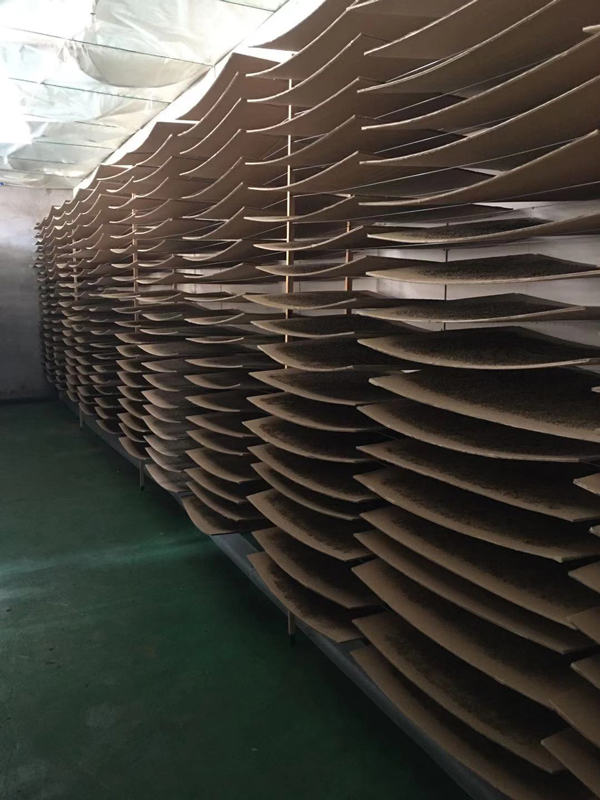Nov . 29, 2024 12:36 Back to list
Cherry Pollen Germination Wholesale Protocol for Optimal Cultivation and Yield
Wholesale Protocol for Cherry Pollen Germination A Comprehensive Guide
Cherry cultivation plays a vital role in agriculture, not only for its fruit but also for ornamental purposes. Effective cherry pollen germination is crucial for successful cherry production, which begins with a thorough understanding of the processes involved in pollen germination and subsequent fertilization. This article aims to outline a standardized wholesale protocol for cherry pollen germination, ensuring consistency and high success rates in germination practices.
Understanding Cherry Pollen
Cherry trees, belonging to the Prunus genus, produce pollen that is typically fine and lightweight. The main species of cherry, such as the sweet cherry (Prunus avium) and the sour cherry (Prunus cerasus), exhibit specific requirements for successful pollen germination. When pollen lands on a compatible stigma, it must germinate and grow down the style to fertilize the ovule. This process is influenced by environmental factors, pollen viability, and genetic compatibility.
Step-by-Step Protocol for Pollen Germination
1. Pollen Collection Collect cherry pollen during the peak flowering season when the anthers are mature. This is usually when the flowers are fully open and receptive. Use a soft brush or tweezers to gather pollen from the anthers without damaging them. Store the collected pollen in a cool, dry place and avoid moisture to maintain viability.
2. Viability Testing Before initiating germination, assess the viability of the pollen. A common method involves using a staining technique, such as the Alexander stain, which differentiates viable pollen from non-viable pollen based on membrane integrity. A high percentage of stained pollen indicates good viability for germination.
3. Preparation of Germination Medium The choice of medium is crucial for successful pollen germination. A common medium is a sugar-based solution, often comprising 10-15% sucrose, with the addition of essential nutrients such as boron, calcium, and potassium. The medium should be prepared in a sterile environment to prevent contamination.
wholesale protocol for cherry pollen germination

4. Germination Conditions For optimal results, pollen germination requires specific environmental conditions. The ideal temperature for cherry pollen germination is generally around 20-25°C (68-77°F), and humidity levels should be maintained to prevent the pollen from drying out. Using a growth chamber that can control these variables is recommended for consistent germination.
5. Inoculation Pour the prepared germination medium into Petri dishes or culture plates. Using a micropipette or fine brush, apply the collected pollen evenly on the surface of the medium. Ensure that the pollen is adequately spread to prevent overcrowding, which can inhibit germination.
6. Culturing Incubate the inoculated plates in a controlled environment. Regularly monitor conditions such as temperature and humidity to maintain optimal levels. Germination typically occurs within 24-48 hours, depending on the species and environmental conditions.
7. Observation and Data Collection During the germination period, observe the elongation of pollen tubes. Record the percentage of germination and the average length of pollen tubes, as these metrics are indicative of pollen health and viability.
8. Post-Germination Handling Once the pollen tubes have reached sufficient length, they can be used for fertilization in controlled crosses. Ensure that you maintain sterile techniques during this process to prevent contamination.
Conclusion
Implementing a standardized wholesale protocol for cherry pollen germination is essential for maximizing fruit production and ensuring genetic diversity within cherry crops. By following a systematic approach—ranging from pollen collection to germination monitoring—growers can enhance the fertilization success rates of cherry trees. Such practices not only contribute to the economic viability of cherry production but also support sustainable agricultural methodologies. As research advances, these protocols will continue to evolve, paving the way for even more effective cherry tree cultivation techniques.
-
High-Viability Male Kiwipollen for Sale | Boost Yield
NewsAug.06,2025
-
Eco Fruit Paper Bags for Peak Freshness | Durability Focused
NewsJul.31,2025
-
Pollen Peach Tree for Pure Pollination and High-Quality Peach Pollen
NewsJul.30,2025
-
Premium Cherry Pollen for Pure Pollination & Different Types
NewsJul.30,2025
-
Artificial Pollination Solutions for Various Plant Pollen Types
NewsJul.29,2025
-
Artificial Pollination Solutions for All Plant Pollen Types
NewsJul.29,2025